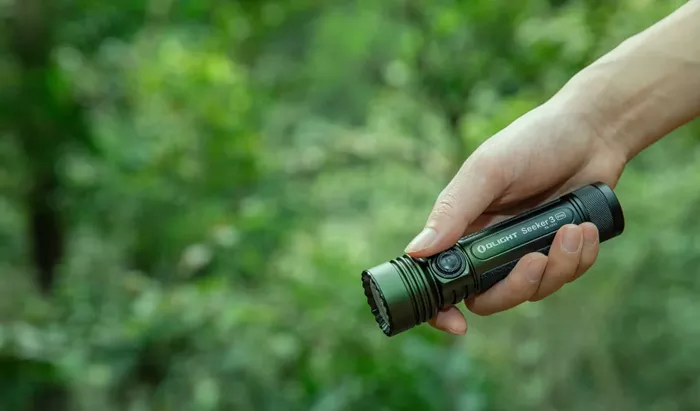Sleeping outside without a tent can be a thrilling experience. It connects you with nature and can be a great way to enjoy the outdoors. However, safety is crucial. In this article, we will explore the various factors that influence whether it is safe to sleep outside without a tent. We will cover environmental conditions, potential risks, preparation tips, and alternatives to tents.
Understanding the Environment
Weather Conditions
Before deciding to sleep outside, it’s essential to check the weather forecast. Here are some factors to consider:
Temperature: Ensure the temperature is within a comfortable range. Cold nights can lead to hypothermia, while excessive heat can cause heat exhaustion.
Precipitation: Rain can make sleeping outside uncomfortable and dangerous. Being wet can lower your body temperature and lead to hypothermia.
Wind: High winds can make sleeping outside risky. Wind can chill you quickly and blow debris around, potentially causing injury.
SEE ALSO: What is Camping Without a Tent Called?
Location
Choosing the right location is crucial for safety.
Flat Ground: Look for level ground to avoid rolling in your sleep. Avoid sleeping near cliffs or steep slopes.
Away from Water: Sleeping near lakes or rivers can be beautiful but poses risks like flooding or wildlife encounters.
Vegetation: Dense brush can provide cover, but be wary of sleeping under dead branches that may fall.
Potential Risks of Sleeping Outside
Wildlife Encounters
One of the most significant concerns when sleeping outside is wildlife. Animals are curious, and some may approach your sleeping area.
Predators: Depending on your location, you might encounter bears, mountain lions, or wolves. While attacks are rare, it’s vital to take precautions.
Insects: Mosquitoes, ticks, and other insects can be a nuisance and may carry diseases. Always check for ticks after sleeping outside.
Injuries and Illness
Sleeping outside without a tent can expose you to various risks.
Allergies: Pollen and other allergens can trigger allergic reactions, making it difficult to sleep.
Injuries: Uneven ground can lead to falls or sprains. Always be cautious when setting up your sleeping area.
Exposure: Without shelter, you’re exposed to the elements. Prolonged exposure can lead to health issues like hypothermia or heatstroke.
Preparation Tips for Sleeping Outside
Choosing the Right Gear
Even if you don’t use a tent, the right gear can make sleeping outside safer and more comfortable.
Sleeping Bag: Invest in a good-quality sleeping bag rated for the temperatures you expect. A sleeping bag with insulation will help keep you warm.
Sleeping Pad: Use a sleeping pad for insulation from the ground. It provides cushioning and helps regulate body temperature.
Emergency Blanket: Carry an emergency blanket for added warmth. It’s lightweight and can be a lifesaver in cold conditions.
Safety Equipment
Having the right safety equipment can prevent accidents and keep you safe.
First Aid Kit: Always carry a first aid kit. Be prepared for minor injuries or allergic reactions.
Flashlight or Headlamp: A reliable light source is essential for navigating in the dark and for signaling for help if needed.
Firestarter: Knowing how to start a fire can provide warmth, light, and a way to cook food if necessary.
Food and Water
Staying hydrated and well-fed is crucial for safety.
Water: Always have access to clean drinking water. Carry enough for your needs or have a way to purify natural water sources.
Food: Bring lightweight, non-perishable food items. Snacks like nuts, energy bars, or dried fruits are great choices.
Creating a Safe Sleeping Area
Setting Up Camp
Even without a tent, you can create a comfortable and safe sleeping area.
Clear the Ground: Remove rocks, sticks, and other debris from your sleeping area.
Use Natural Cover: Find natural cover like bushes or trees to shield you from the wind.
Lay Down a Ground Cloth: If possible, use a ground cloth or tarp under your sleeping pad to add an extra layer of protection.
Staying Warm and Dry
Staying warm and dry is critical for a safe night outside.
Dress Appropriately: Wear layers that can be added or removed as needed. Use moisture-wicking fabrics to stay dry.
Use a Sleeping Bag Liner: A liner can add extra warmth and comfort to your sleeping bag.
Alternatives to Sleeping Outside Without a Tent
If sleeping outside without a tent seems too risky, there are alternatives to consider.
Hammocks
Hammocks can provide a safe and comfortable sleeping option. They keep you off the ground, away from insects, and provide a cozy sleeping environment. Look for a hammock with a rainfly for added protection.
Bivvy Sacks
A bivvy sack is a lightweight option that offers some protection from the elements. It’s more compact than a tent and can provide an extra layer of warmth and protection from moisture.
Emergency Shelters
If you find yourself in a situation where you need to sleep outside unexpectedly, consider using an emergency shelter like a tarp. Tarps can be set up quickly and offer some protection from rain and wind.
Conclusion
Sleeping outside without a tent can be safe and enjoyable if you take the right precautions. Understanding the environment, preparing adequately, and choosing a safe sleeping area are essential steps. While there are risks, with proper preparation and equipment, you can have a rewarding experience in nature. Always trust your instincts—if the conditions seem unsafe, it’s best to seek shelter elsewhere. Enjoy the beauty of the outdoors, and stay safe!
Related topics:

